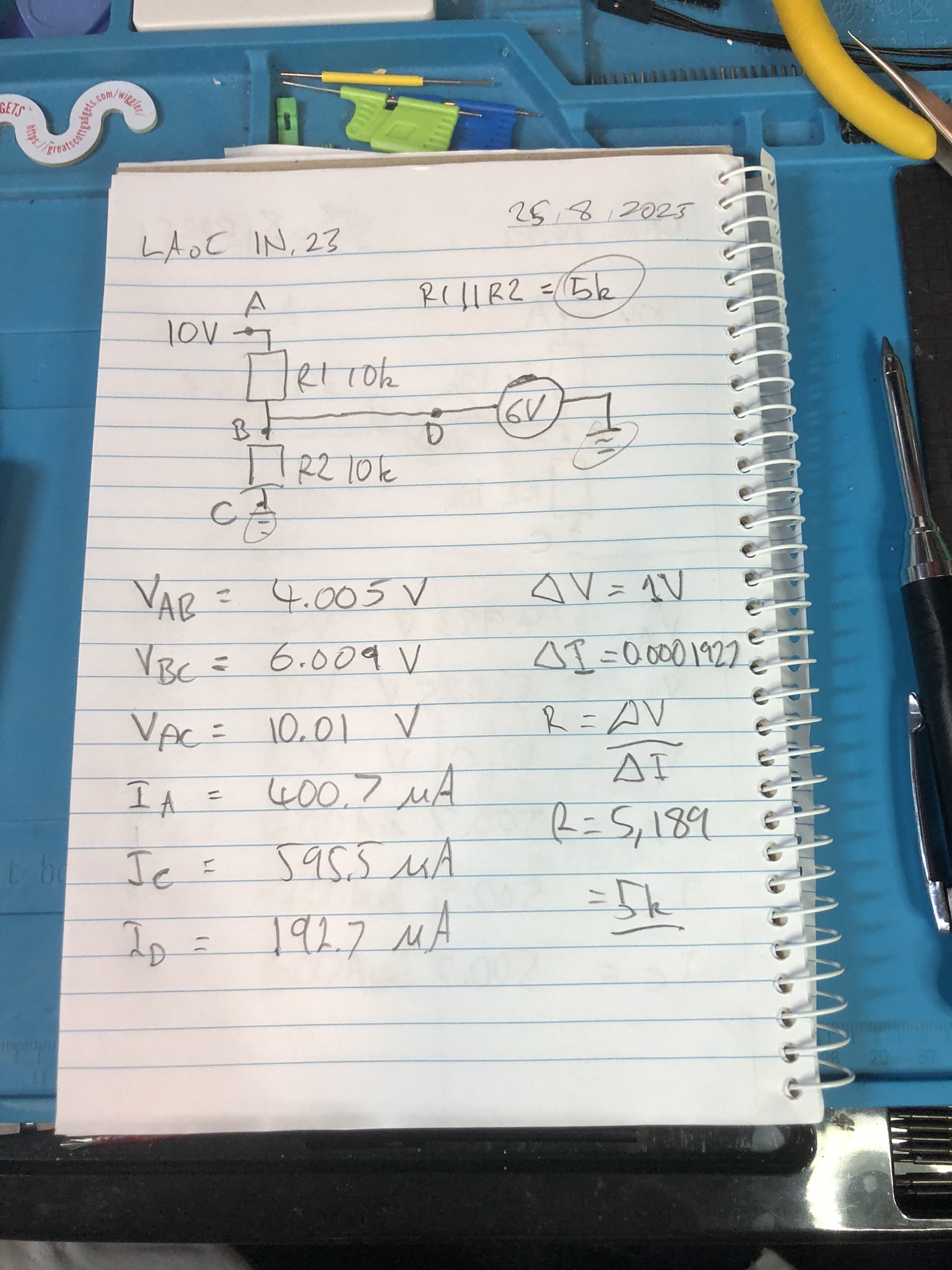I have a new post on Hackaday: How To Use The AT24C32 EEPROM For 4KB External Memory For Microcontrollers.
Category Archives: Design
One ROM: The Latest Incarnation Of The Software Defined ROM
I have a new post on Hackaday: One ROM: The Latest Incarnation Of The Software Defined ROM.
Learning the Art of Electronics: Fig-1N.24: Applying the Thévenin model | In The Lab With Jay Jay
This post is part of my video blog and you can find more information about this video over here.
You can support this channel on Patreon: patreon.com/JohnElliotV
Silly Job Title: Switch Switcher.
In this video we build two circuits for Learning the Art of Electronics.
The pre-reading for today is up to and including page 18 of the course work. So if you have the book try to get that reading done.
In this video we test a circuit and its Thévenin model to see that they behave as expected. They do! But I’m still trying to get my head around all of the details…
I mention about my decade boxes. The good one is this one: Multicomp Pro MP701033 Resistor Box (I have ordered two more of these) and the crappy ones are these ones: Yum Cha J15026-2 6-Knob Resistor Box.
I also mention about the analog multimeters, this is the crappy one I have: Yum Cha MF-110A Analog VOM Handheld Multimeter and this is the slightly less crap one which I have on order: Pro’sKit MT-2207-C Analog VOM Handheld Multimeter.
In the video:
We use the METCAL PS-900 Soldering Station for soldering.
We use the EEVblog BM2257 Digital Multimeter to get our voltage and current readings.
We use the Riden RD6006 Bench Power Supply to power our test circuits.
We use the Brother P-Touch D210 Label Maker to label our circuits.
We use the Scotch Titanium Scissors to cut things.
We use the Carpenter Mechanical Pencil for writing our notes.
We use the Hakko CHP 3C-SA Precision Tweezers to do precision work.
We use the Plato Model 170 Wire Cutter to trim our leads and wires.
Thanks very much for watching! And please remember to hit like and subscribe! :)
Following is a product I use picked at random from my collection which may appear in my videos. Clicking through on this to find and click on the green affiliate links before purchasing from eBay or AliExpress is a great way to support the channel at no cost to you. Thanks!
JST XH2.54 Connector Kit |
Let’s go shopping!
Simulating The Commodore PET
I have a new post on Hackaday: Simulating The Commodore PET.
Learning the Art of Electronics: Fig-1N.23: Hypothetical Voltage Divider | In The Lab With Jay Jay
This post is part of my video blog and you can find more information about this video over here.
You can support this channel on Patreon: patreon.com/JohnElliotV
Silly Job Title: Operation Manager.
In this video we build our first circuits for Learning the Art of Electronics. The introductory video for this project is here: Introducing Learning the Art of Electronics.
The pre-reading for today’s project is up to page 17 of the course work. If you want to dig deeper there is extra reading to be found on the project home page. Note that some of my notes on the ITL Wiki are only available to people who support me on Patreon (see above).
We use the METCAL PS-900 Soldering Station for soldering.
We use the EEVblog BM2257 Digital Multimeter to test voltages and currents.
We use the Riden RD6006 Bench Power Supplies to power our test circuits.
We use the Brother P-Touch D210 Label Maker to label our circuits.
We use the WilliamKlein Music Stand to hold our book.
We use the Scotch Titanium Scissors to cut things.
We use the Carpenter Mechanical Pencil to make our notes.
We use the Hakko CHP 3C-SA Precision Tweezers for precision maneuvering.
We use the Plato Model 170 Wire Cutter to cut our wires.
Thanks very much for watching! And please remember to hit like and subscribe! :)
Following are some happy snaps of the results:
Following is a product I use picked at random from my collection which may appear in my videos. Clicking through on this to find and click on the green affiliate links before purchasing from eBay or AliExpress is a great way to support the channel at no cost to you. Thanks!
Yum Cha 9 in 1 Air Quality Meter |
Let’s go shopping!
Using The 74HC595 Shift Register To Drive 7-Segment Displays
I have a new post on Hackaday: Using The 74HC595 Shift Register To Drive 7-Segment Displays.
Using Ultra-Wideband For 3D Location And Tracking
I have a new post on Hackaday: Using Ultra-Wideband For 3D Location And Tracking.
How To Convert A Drain Into A Hydropower Facility
I have a new post on Hackaday: How To Convert A Drain Into A Hydropower Facility.
Liberating A Collapsible Chair From A Single Piece Of Wood
I have a new post on Hackaday: Liberating A Collapsible Chair From A Single Piece Of Wood.
A Solar-Only, Battery-Free Device That Harvests Energy From A BPW34 Photodiode
I have a new post on Hackaday: A Solar-Only, Battery-Free Device That Harvests Energy From A BPW34 Photodiode.




